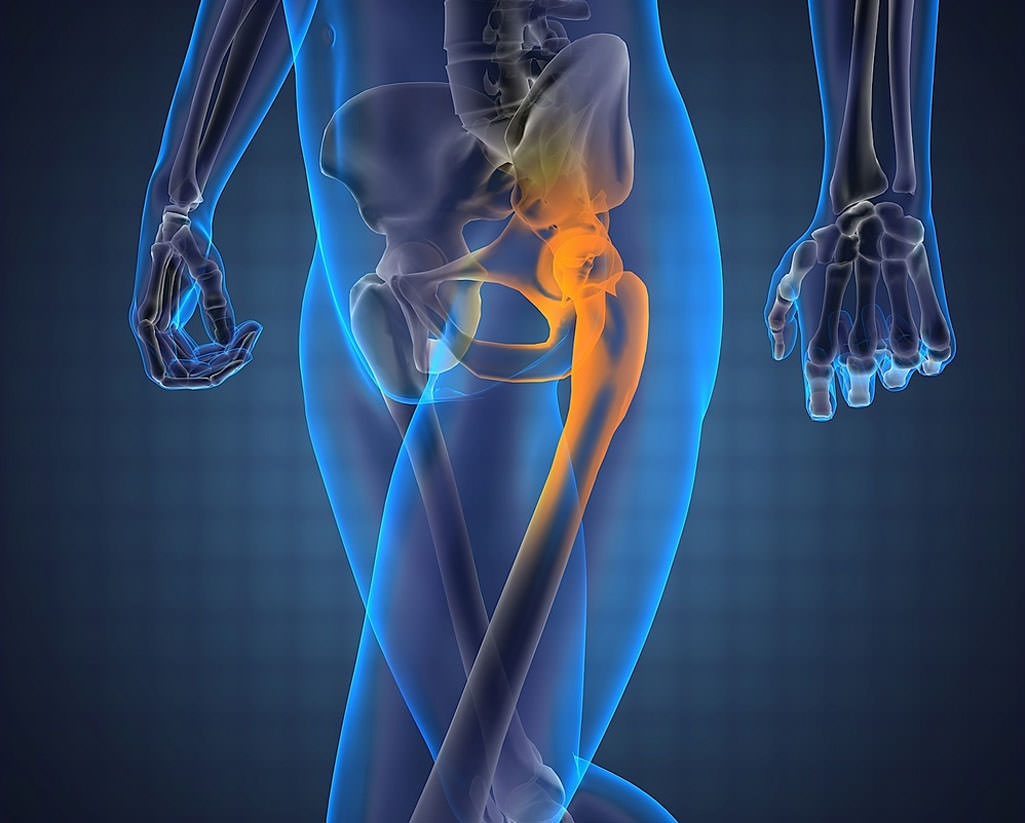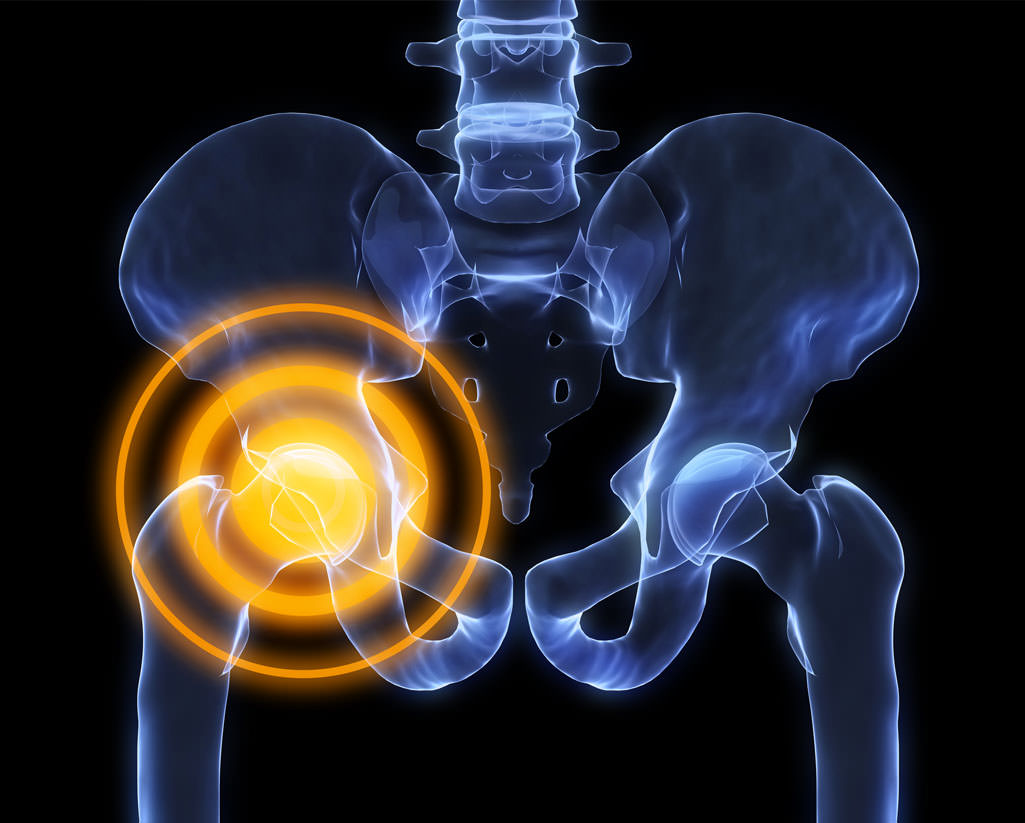Dr. Charles A. Hope II
Hip & Knee Surgeon
Hip & Knee Surgeon

With him, you will discuss how your condition developed and how various treatment approaches can improve or repair the problem.fter treatment alternatives are considered, Dr. Hope will present a realistic outlook on the results that can be achieved. He will be frank about any risks that might be involved. Non-surgical options, if available, will be explained in depth.

Using anterior hip surgery, Dr. Hope can approach the hip joint from the front, allowing replace the hip without detaching the pelvic or femoral muscles. Because the gluteal muscles are not disturbed during surgery, recovery time is shortened and pain is minimized.
read moreThe first anterior hip surgery was performed in Europe in the late 1800’s, but was not widely adopted due to technical difficulties. Advances in surgical techniques and instruments have reduced most of the barriers to adoption of the technique. Dr. Hope began using anterior hip surgery in 2006 after visiting with Dr. Joel Matta, widely credited with reawakening the interest in this approach in America.
The surgeon has the main impact on the success of the surgery, but the patient has the main impact on the success of the recovery. An educated, committed, determined patient optimizes the results of his or her treatment. Learn about your disease process and its treatment. Enlist your friends and family in your recovery team. Enhance your health status by controlling your weight while ensuring adequate nutrition, maintaining your strength and flexibility, and optimizing treatment of chronic medical conditions. Prepare and plan for a superior outcome.
Activities like walking, cycling, swimming, golfing, or playing doubles tennis are reasonable expectations after complete recovery. We discourage impact-loading activities such as jumping or martial arts. A large percentage of patients find that they have good pain relief, good function, and good durability ten years after surgery. The younger a patient is, the more seriously you have to consider non-operative treatment such as anti-inflammatory medication or activity modification.